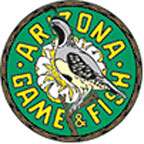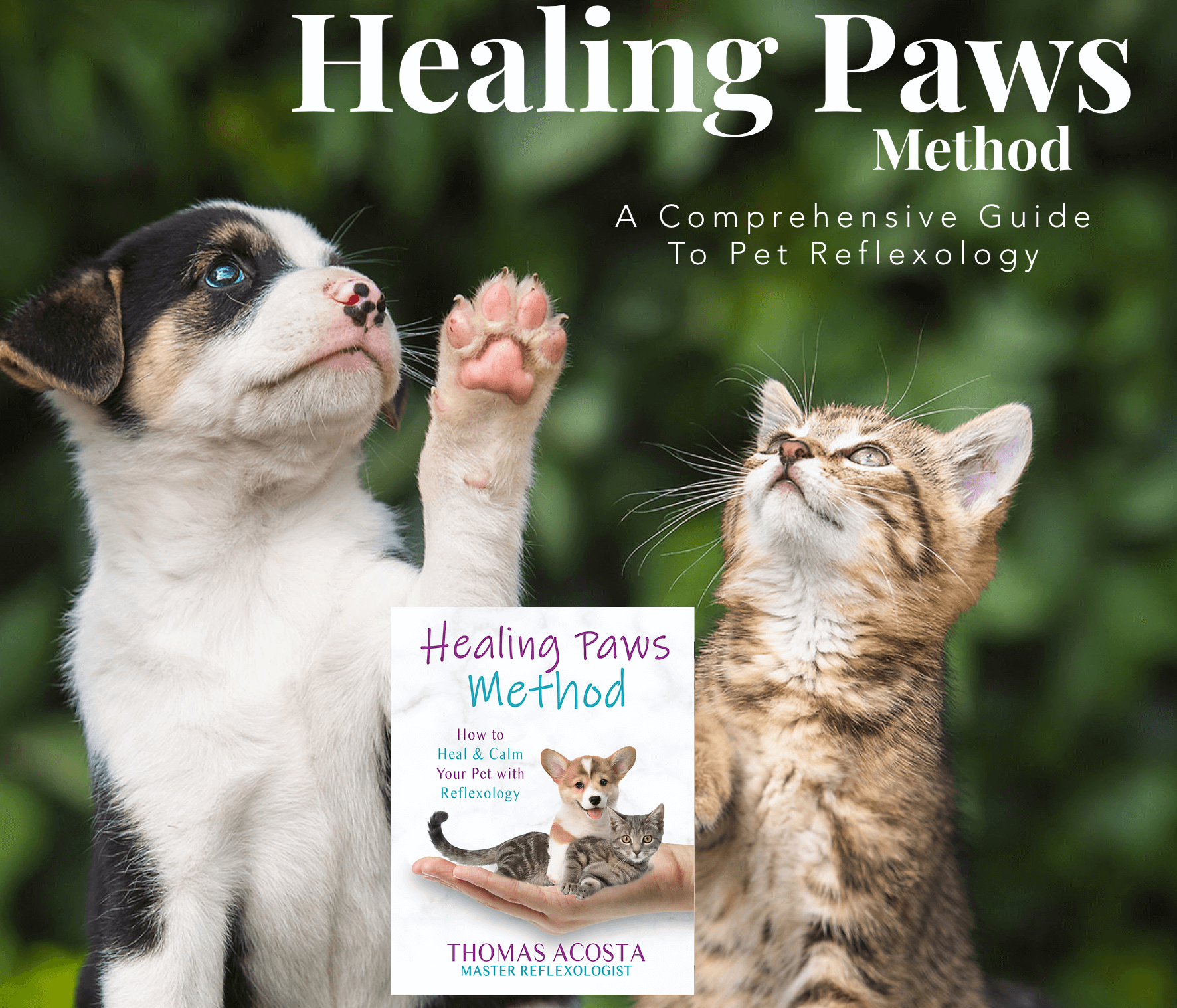 Phoenix AZ (March 22, 2014) – Annual trapping and testing of endangered California condors from the Arizona-Utah population this season revealed a substantial decrease in the percentage of birds with toxic blood-lead levels, the lowest in nearly a decade.
Phoenix AZ (March 22, 2014) – Annual trapping and testing of endangered California condors from the Arizona-Utah population this season revealed a substantial decrease in the percentage of birds with toxic blood-lead levels, the lowest in nearly a decade.
“The ups and downs of lead poisoning over the years demonstrate that any single season does not make a trend, but our test results are encouraging,” said Eddie Feltes, field manager for The Peregrine Fund’s condor project. “If this ends up being the beginning of a trend, we hope it will continue.”
Biologists and wildlife officials say the decline is a significant improvement over last year, which was the second worst year on record for lead exposure and condor deaths since condors were reintroduced to Arizona in 1996.
Test results since September show:
- 16 percent of condors trapped and tested revealed blood-lead levels indicating extreme lead exposure compared with 42 percent of birds last season.
- The number of condors requiring chelation treatment dropped to 11 birds compared with 28 last season.
Partners in the condor recovery effort feel hunters’ voluntary use of non-lead ammunition and other lead-reduction efforts that they have taken may be one reason for the decrease in lead toxicity levels and mortalities. Other factors possibly influencing results include an unseasonably mild winter and the ability for condors to forage far and wide and consume a variety of food types.
Chris Parish, condor program coordinator for The Peregrine Fund, said, “Condors and other scavengers benefit from the remains of carcasses left in the field by hunters, but our research has revealed that lead bullets can fragment into tiny pieces, sometimes spreading widely upon impact in an animal’s body, thereby increasing the potential for lead exposure if lead-based ammunition was used.”
To address these challenges, the Arizona Game and Fish Department began a program in 2005 to educate hunters on the use of non-lead ammunition to help condors. During the fall 2013 hunts, 88 percent of hunters in the condor’s core range voluntarily used non-lead ammunition or took other lead-reduction efforts like removing affected gut piles from the field. Hunters in this area have supported the voluntary use of non-lead ammunition at rates greater than 80 percent for the past seven years.
“Hunters and shooters are the only ones who can solve this problem, and I believe we are well on our way. We identified a problem, proposed a reasonable solution and, most important, we asked for help,” Parish said. “Change is happening, resulting in less lead available to condors and other scavengers each year, making the goal of recovery ever more possible.”
Since 2002, condors have been expanding their range, becoming increasingly self-sufficient as they find wildlife and domestic livestock that died naturally and feeding on all types of large animals. In response to the condors’ movement into southern Utah, the Utah Division of Wildlife Resources recently completed a second year of outreach and incentives to reduce lead exposure in that portion of the condor’s range.
The recovery effort is a cooperative program by federal, state, and private partners, including The Peregrine Fund, Arizona Game and Fish Department, U.S. Fish and Wildlife Service, Arizona Strip Field Office of the Bureau of Land Management, Grand Canyon and Zion national parks, Utah Division of Wildlife Resources, and Kaibab and Dixie national forests.
For more information on condors and lead, visit www.azgfd.gov/condor.



